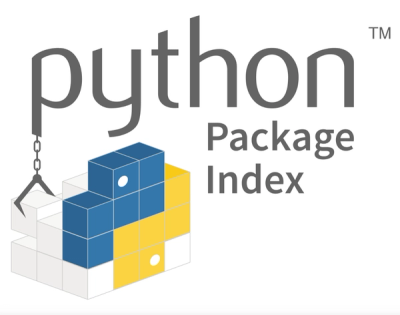find-remove
finally in typescript (since v5)
recursively finds files by filter options from a start directory onwards and deletes only those which meet conditions you can define. useful if you want to clean up a directory in your node.js app.
you can filter by extensions, names, level in directory structure, file creation date and ignore by name, yeah!
installation
to install find-remove, use npm:
$ npm install -S find-remove
then in your node.js app, get reference to the function like that:
import findRemoveSync from "find-remove";
quick examples
1. delete all _.bak or _.log files within the /temp/ directory
const result = findRemoveSync("/temp", { extensions: [".bak", ".log"] });
the return value result is a json object with successfully deleted files. if you output result to the console, you will get something like this:
{
'/tmp/haumiblau.bak': true,
'/tmp/dump.log': true
}
2. delete all files called 'dump.log' within the /temp/ directory and within its subfolders
const result = findRemoveSync("/temp", { files: "dump.log" });
3. same as above, but also deletes any subfolders
const result = findRemoveSync("/temp", { files: "dump.log", dir: "*" });
4. delete all *.bak files but not file 'haumiblau.bak'
const result = findRemoveSync("/temp", { extensions: [".bak"], ignore: "haumiblau.bak" });
5. delete recursively any subdirectory called 'CVS' within /dist/
const result = findRemoveSync("/dist", { dir: "CVS" });
6. delete all jpg files older than one hour with limit of 100 files deletion per operation
const result = findRemoveSync("/tmp", {
age: { seconds: 3600 },
extensions: ".jpg",
limit: 100,
});
7. delete all files with prefix 'filenamestartswith'
const result = findRemoveSync("/tmp", { prefix: "filenamestartswith" });
8. apply filter options only for two levels inside the /temp directory for all tmp files
const result = findRemoveSync("/tmp", { maxLevel: 2, extensions: ".tmp" });
this deletes any .tmp files up to two levels, for example: /tmp/level1/level2/a.tmp
but not /tmp/level1/level2/level3/b.tmp
why the heck do we have this maxLevel option? because of performance. if you care about deep subfolders, apply that option to get a speed boost.
9. delete everything recursively (hey, who needs that when you can use nodejs' fs.unlink?)
const result = findRemoveSync(rootDirectory, { dir: "*", files: "*.*" });
10. delete all files that match a regular expression
const result = findRemoveSync(rootDirectory, { files: "example[1-3]", regex: true });
this deletes files example1.txt, example2.txt, and example3.txt, but not example8.txt.
11. delete all directories that match a regular expression
const result = findRemoveSync(rootDirectory, { dir: "^assets_", regex: true });
this deletes all directories that start with assets_.
api
findRemoveSync(dir, options)
findRemoveSync takes any start directory and searches files from there for removal. the selection of files for removal depends on the given options. and at last, it deletes the selected files/directories.
arguments
dir - any directory to search for files and/or directories for deletion (does not delete that directory itself)- options - currently those properties are supported:
files - can be a string or an array of files you want to delete within dir.dir - can be a string or an array of directories you want to delete within dir.extensions - this too, can be a string or an array of file extensions you want to delete within dir.ignore - useful to exclude some files. again, can be a string or an array of file names you do NOT want to delete within dirage.seconds - can be any float number. findRemoveSync then compares it with the file stats and deletes those with modification times older than age.secondslimit - can be any integer number. Will limit the number of files to be deleted at single operation to be limitprefix - can be any string. Will delete any files that start with prefix.maxLevel - advanced: limits filtering to a certain level. useful for performance. recommended for crawling huge directory trees.test - advanced: set to true for a test run, meaning it does not delete anything but returns a JSON of files/directories it would have deleted. useful for testing.regex - set to true to treat files or dir option strings as regular expression patterns.
as a precaution, nothing happens when there are no options.
the unit tests are good examples on how to use the above arguments.
returns
JSON of files/directories that were deleted. For limit option - will only return number of files deleted.
todo
- add more filtering options (e.g. combinations)
- have an asynchronous solution
- use streams instead
license
MIT



